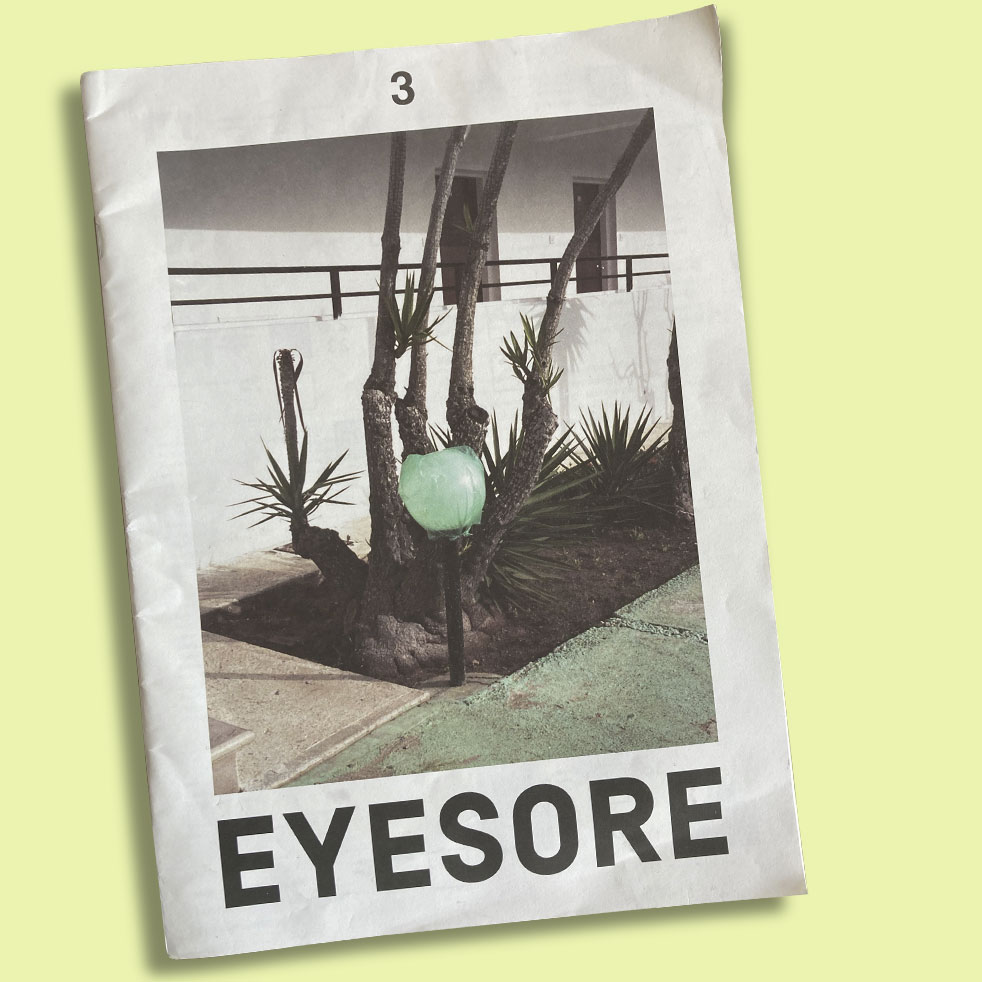
Designing
Inclusive Cities
in Divisive
Times
by EYESORE Magazine
“It’s as much about programming space as it is about the physical design. What you do with the space is as important as the space itself.”
— Wendy Gold, OpenCity Projects Founder
City life usually flourishes when rich social and cultural diversity is given space to breathe. In Toronto, culturally rich, engaged communities exist in spite of constant growth and the threat of unforgiving redevelopments.
Interactions between different kinds of people and the spaces they use can shape the environment which in turn shapes future interactions. Design and community affect each other.
Luckily, there are people in Toronto thinking about how to design inclusive public space. This approach — known as inclusive or thoughtful design — ensures communal space meets the needs of all members of the community.
Wendy Gold is one of those people. She co-founded OpenCity Projects, a creative lab whose members believe public space should reflect the needs of the community.
I had a chat with Wendy about the project.
Josh Greenblatt: How did you become involved with OpenCity Projects?
Wendy Gold: I started OpenCity Projects in 2006 when I wanted to be involved in the design of cities and do that with a group of other creative professionals. We have two different projects, our blog and a research project that we all do on a volunteer basis.
Josh: So, what do you think the difference is between “design thinking” and design?
Wendy: “Design thinking” means taking both the mindset of the designer and what I see as the product design process: understanding users’ unmet needs and using those insights to inform the applied design that is the outcome in an iterative way, and that applied design could be whatever solves the problem.
Josh: How does OpenCity design more inclusive cities?
Wendy: Rather than survey the entire neighbourhood, we talk to a representative group that we can have a more meaningful and deeper ongoing conversation with, and from that, taking those insights and helping the designers who will implement [solutions] to understand how those insights apply to make it a better, more meaningful and relevant experience.
Josh: What’s an example of an OpenCity project that illustrates your approach?
Wendy: I’m extremely proud of the work we’ve done on Leitchcroft Park in Markham [a suburb of Toronto]. We were asked by the Public Space Department and the City Councillor to help them understand how to design a public space that would be at the core of a new neighbourhood. We wanted to make the space relevant to the needs of an extremely diverse population, rather than simply designing a space for the sort of Western European community that was there 50 years ago.
Josh: How has Toronto served as an inspiration for your work and how is working with members of the city and different communities shaping your approach?
Wendy: There’s a really beautiful fusion of culture that we’re seeing in Toronto, whether in products or food or music and that’s becoming part of the urban landscape here. I would say there’s the foundation here which is the tolerance and safety which puts it at the top of all the liveability indices.
Josh: How do you design for diversity?
Wendy: There are a number of considerations to take into account: accessibility, mobility, and so on. But it’s as much about programming space as it is about the physical design. What you do with the space is as important as the space itself.
Josh: Given these challenges, what is the future of inclusive design? What should inclusive cities look like?
Wendy: It’ll be up to grassroots organizations to make the individual efforts matter. We have lots of precedents and guiding principles around making successful public spaces, but there’s no protocol for how culture fits into that. I’d like to see the adaptation of more culturally-inclusive approaches.